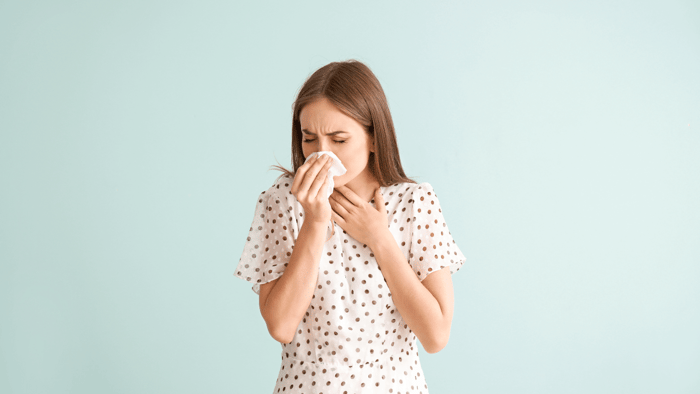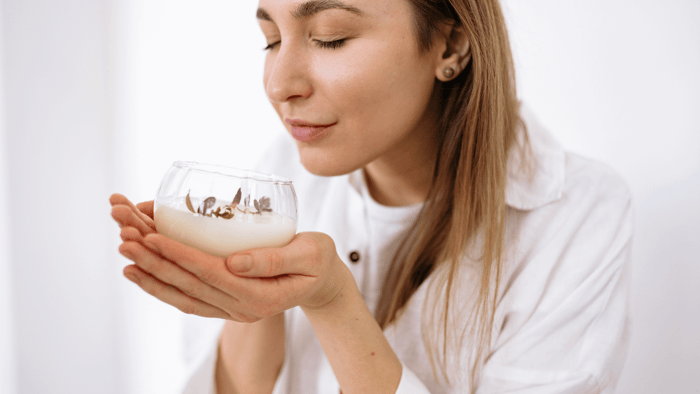Is 'What Candles Keep Flies Away?' in your recent search history? Because it's in ours! And we think there’s nothing more frustrating than enjoying a lovely summer evening, only to have your relaxation interrupted by buzzing, bothersome flies. Whether you're hosting a BBQ, setting up for a evening outside in the warmth, or just leaving the windows open for a breeze, flies always seem to find a way in. But what if your solution came with a lovely glow and a gorgeous scent?
If you’ve been wondering what candles keep flies away?, you’re not alone. This is a common question for both candle lovers and outdoor entertainers alike. The good news? Certain types of candles - especially those made with specific essential oils - can help keep flies at bay naturally and effectively.
In this guide, we’ll explore what candles keep flies away, how they work, and how to use them safely and effectively both indoors and out. Whether you’re shopping for ready-made options or crafting your own, you’ll leave with everything you need to enjoy a fly-free zone.
Why Use Candles to Repel Flies?
Before we dive into what candles keep flies away, let’s talk about why candles are such a great solution:
🔥 When a candle burns, it gently warms the surrounding air, helping to disperse scent molecules more widely than a cold diffuser or room spray. This makes scented candles especially effective at creating an invisible, fragrant barrier that flies don’t want to cross.
🌱 Essential oils commonly used in fly-repelling candles - like citronella and peppermint - offer a plant-based, chemical-free solution. Unlike harsh bug sprays, they’re safe to burn around people.
🕯️ Let’s not forget the aesthetic appeal. Scented candles add warmth and ambience to any setting, while also serving the practical purpose of insect control. It’s a win-win!
What Candles Keep Flies Away? The Top Ingredients That Work
Not all candles are created equally when it comes to deterring flies. The key is in the fragrance - specifically, certain essential oils and natural scents that flies hate. Here are the top options to look out for (or use in your own candle-making).
1. Citronella Candles
You’ve likely heard of citronella already, and for good reason. It’s one of the most popular and effective fly-repelling ingredients out there.
🌿 Derived from lemongrass, citronella masks the scents that attract flies.
🦟 Works against a range of flying insects, including mosquitoes and midges.
🌞 Best used outdoors in the summer.
Pro Tip: For maximum impact, place multiple citronella candles around your seating area to create a scented barrier.
2. Lavender Candles
Not only does lavender smell incredible, it’s also a gentle yet effective insect repellent.
💜 Calming and soothing for humans - repulsive to flies.
🌸 Ideal for indoor use due to its soft, floral aroma.
🕯 Use in bedrooms or kitchens to keep flies out without overwhelming the space.
3. Peppermint Candles
Peppermint is refreshing, invigorating, and - thankfully - flies can’t stand it.
🌬️ The strong menthol scent confuses flies' scent receptors.
❄️ Doubles as a refreshing summer scent.
🌿 Often combined with eucalyptus or tea tree for an extra punch.
4. Lemongrass Candles
Closely related to citronella, lemongrass has a zesty aroma that’s known to ward off flies, gnats, and even ants.
🍋 Sharp citrus scent masks food smells that attract flies.
🏡 Ideal for kitchens, dining areas, and patios.
✨ Stylish in spa or modern home ranges.
5. Basil and Eucalyptus Candles
Basil isn’t just great for pesto or on pizza, it also works wonders as a fly repellent!
🌿 Herbaceous and grounding, perfect for garden-themed candle ranges.
🌬️ Eucalyptus adds a clean, medicinal layer that enhances fly resistance.
💧 Can be blended with lemon or rosemary for even greater effect.
Where to Use Fly-Repelling Candles
Now that we’ve covered what candles keep flies away, it’s important to know where and how to use them for best results.
🏡 Indoors:
Kitchens: Prevent flies from gathering around food prep areas.
Dining Rooms: Add ambiance while keeping the air clear of pests.
Bathrooms: Fresh scents + insect control = win win.
🌳 Outdoors:
BBQs & Picnics: Place several around the perimeter of your space.
Gardens & Patios: Use lantern-style candles to reduce wind interference.
Campsites: Safer and more pleasant than chemical sprays.
Making Your Own Fly-Repelling Candles
Are you a maker or DIY enthusiast? Good news - you can craft your own fly-repelling candles right at home! Here’s what you’ll need:
Ingredients:
Soy or coconut wax (clean-burning and great scent throw)
Cotton or wood wicks
Essential oils (citronella, peppermint, eucalyptus, lavender, lemongrass, etc.)
Candle-safe containers (tin, glass, ceramic)
Basic Recipe:
Melt wax using a double boiler.
Remove from heat and let cool slightly (to around 60–65°C).
Add essential oils (about 6 - 10% depending on oil strength).
Pour into containers with secured wicks.
Let cool and cure for 24–48 hours.
Safety Note: Always check that your chosen essential oils are safe for candle use and adhere to CLP regulations if gifting or selling your scented products.
Can You Blend Oils for Maximum Effect?
Absolutely! One of the benefits of DIY candle-making is being able to customise your scent blends. Some powerful combinations include:
Citronella + Lavender – Strong outdoor protection with a relaxing twist.
Peppermint + Eucalyptus – Intense fly-repelling power with a crisp finish.
Lemongrass + Basil – Earthy, zesty, and perfect for summer kitchens.
If you intend you gift or sell your candle creations, you will need to get your CLPs professionally recalculated when blending different fragrance oils.
Are These Candles Safe Around Pets?
Great question! While natural, some essential oils can be highly toxic to pets in high concentrations or if ingested. Always:
Keep candles out of reach of pets
Ensure proper ventilation
Check for pet-safe oils if concerned
When in doubt, opt for gentler oils like Lavender or consult your vet before using any these types of products. Please also note that we do not recommend use around birds/aquatics/animals with extremely sensitive respiratory systems.
Final Thoughts: What Candles Keep Flies Away?
So, what candles keep flies away? The answer is simple - those made with natural essential oils that flies can’t stand - like citronella, peppermint, lavender, lemongrass, and eucalyptus.
Whether you’re buying ready-made or crafting your own, these candles are a beautiful, non-toxic way to enjoy your space fly-free.
Candles don’t just set the mood - they help protect your food, your home, and your peace of mind.
Join Our Craft Community!
Need support or more inspiration? Join our friendly craft community where makers like you share tips, advice, encouragement, and plenty of behind-the-scenes fun.
Whether you're struggling with lighting, unsure about props, or just want feedback on your latest photos, our group is the perfect space to learn and grow together.
Plus, we regularly post more product photography tips, helpful resources, and creative ideas to keep your brand looking its best. Come connect with fellow makers of home fragrance, bath & body and cosmetic creations - we’d love to have you!
JOIN THE HOUSE OF SCENT COMMUNITY
Disclaimer: The information provided in this blog is based on our knowledge, experience, and research at the time of writing. While we strive to ensure accuracy, we encourage readers to conduct their own research and verify information independently, especially when making business or purchasing decisions. It is the reader’s responsibility to carry out thorough product testing - particularly before commencing batch production. Customers are fully responsible for checking the latest IFRA documentation, using the correct CLP labels for their specific products, and ensuring they hold the relevant CPSR assessments where required. House of Scent is not liable for any actions taken based on the content of this blog.

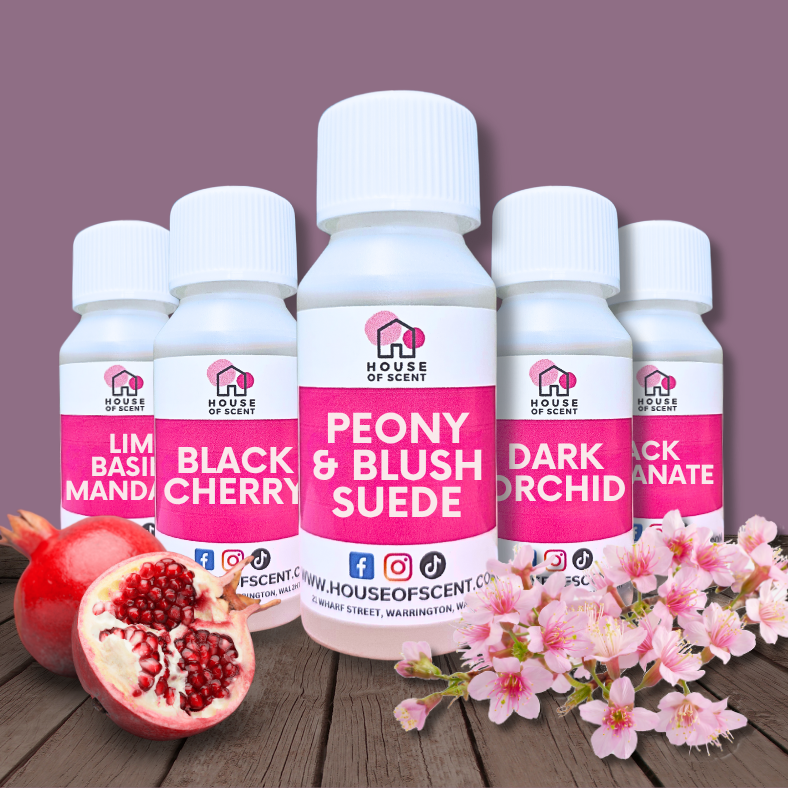

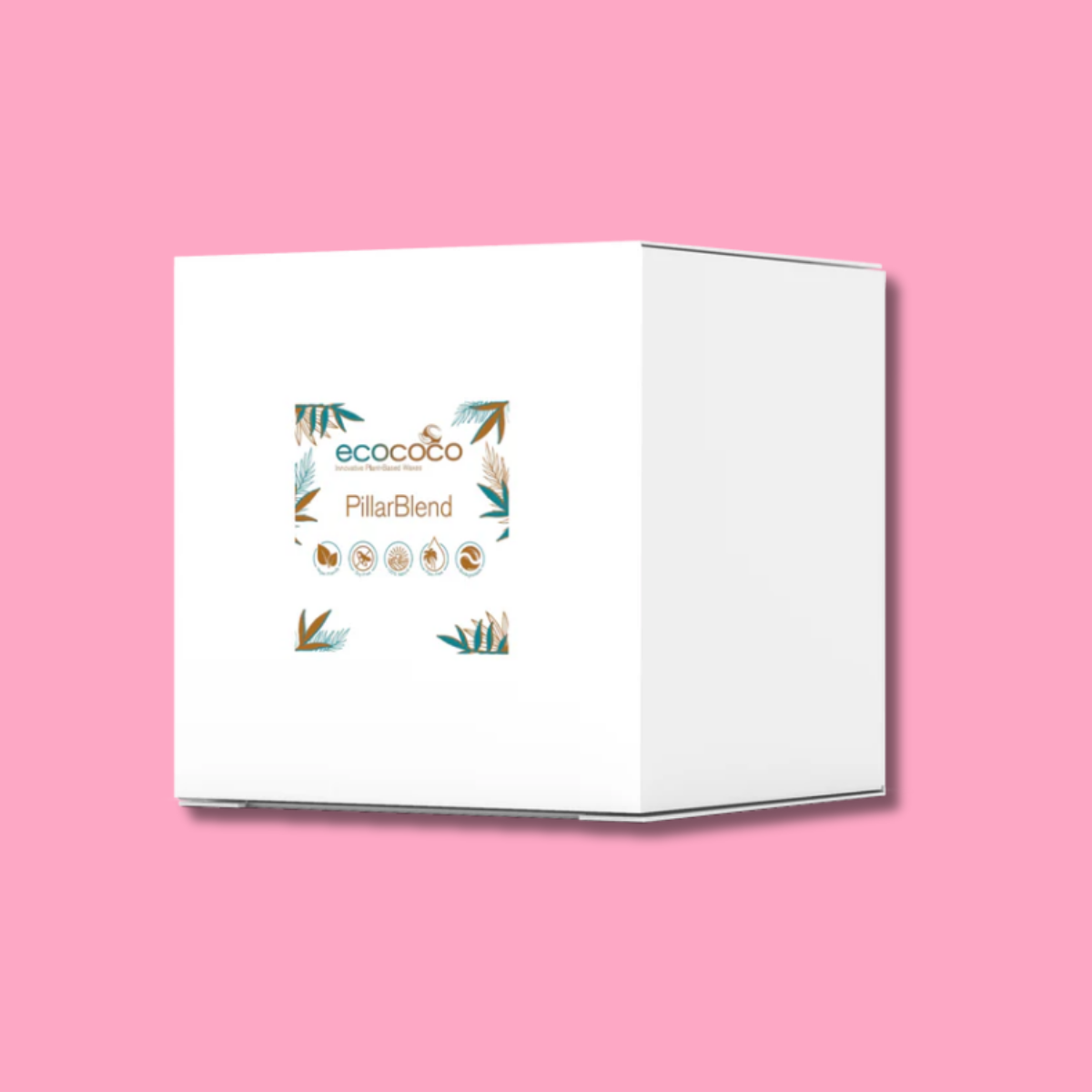
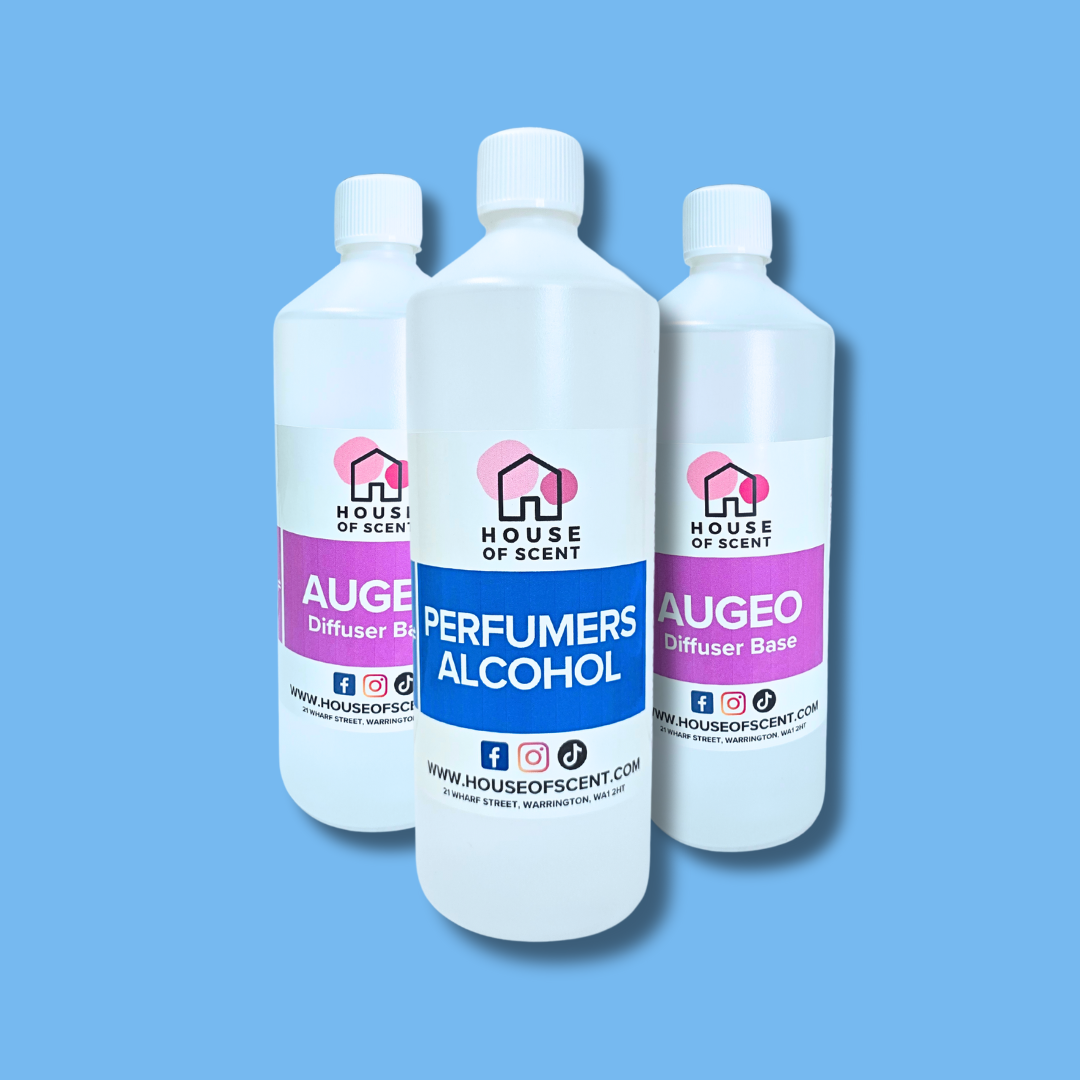
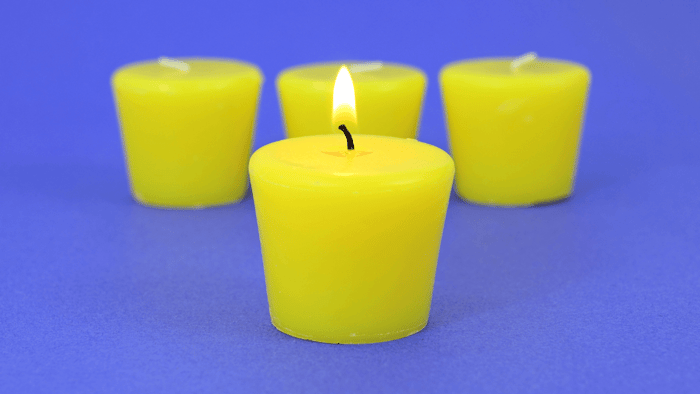
.jpg)

